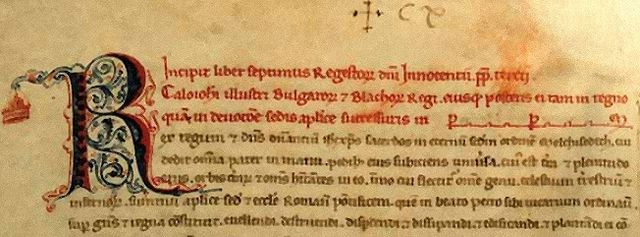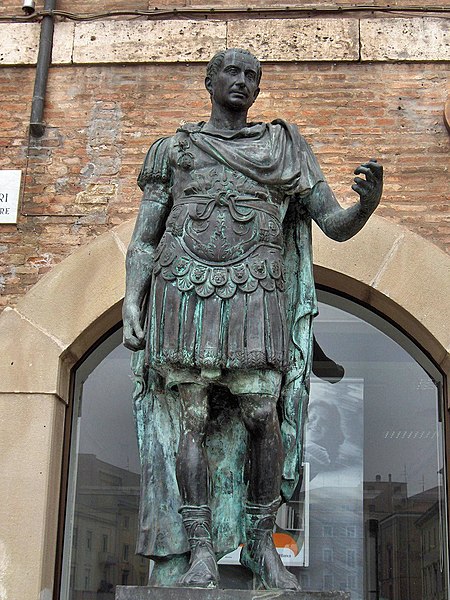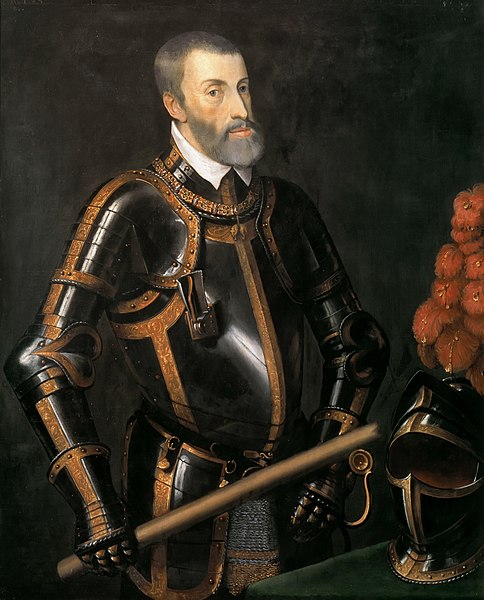Kaloyan or Kalojan, also known as Ivan I, Ioannitsa or Johannitsa, the Romanslayer, was emperor or tsar of Bulgaria from 1196 to 1207. He was the younger brother of Theodor and Asen, who led the anti-Byzantine uprising of the Bulgarians and Vlachs in 1185. The uprising ended with the restoration of Bulgaria as an independent state. He spent a few years as a hostage in Constantinople in the late 1180s. Theodor, crowned Emperor Peter II, made him his co-ruler after Asen was murdered in 1196. A year later, Peter was also murdered, and Kaloyan became the sole ruler of Bulgaria.
Pope Innocent III's letter to Kaloyan
Bulgaria under Kaloyan (1197–1207)
Kaloyan's supposed grave in the Church of the Holy Forty Martyrs in Tarnovo
Facial reconstruction based on the skull found near Holy Forty Martyrs Church. The identification of the skull is disputed.
The word emperor can mean the male ruler of an empire. Empress, the female equivalent, may indicate an emperor's wife, mother/grandmother, or a woman who rules in her own right and name. Emperors are generally recognized to be of the highest monarchic honour and rank, surpassing kings. In Europe, the title of Emperor has been used since the Middle Ages, considered in those times equal or almost equal in dignity to that of Pope due to the latter's position as visible head of the Church and spiritual leader of the Catholic part of Western Europe. The emperor of Japan is the only currently reigning monarch whose title is translated into English as "Emperor".
Gaius Octavianus Caesar "Augustus", or simply Augustus, was the first emperor of the Roman Empire, reigning from 27 BC until his death in AD 14.
A statue of dictator Julius Caesar.
Under Justinian I, reigning in the 6th century, parts of Italy were for a few decades (re)conquered from the Ostrogoths: thus, this famous mosaic, featuring the Byzantine emperor in the center, can be admired at Ravenna.
Holy Roman Emperor Charles V in the 1550s, after Titian








